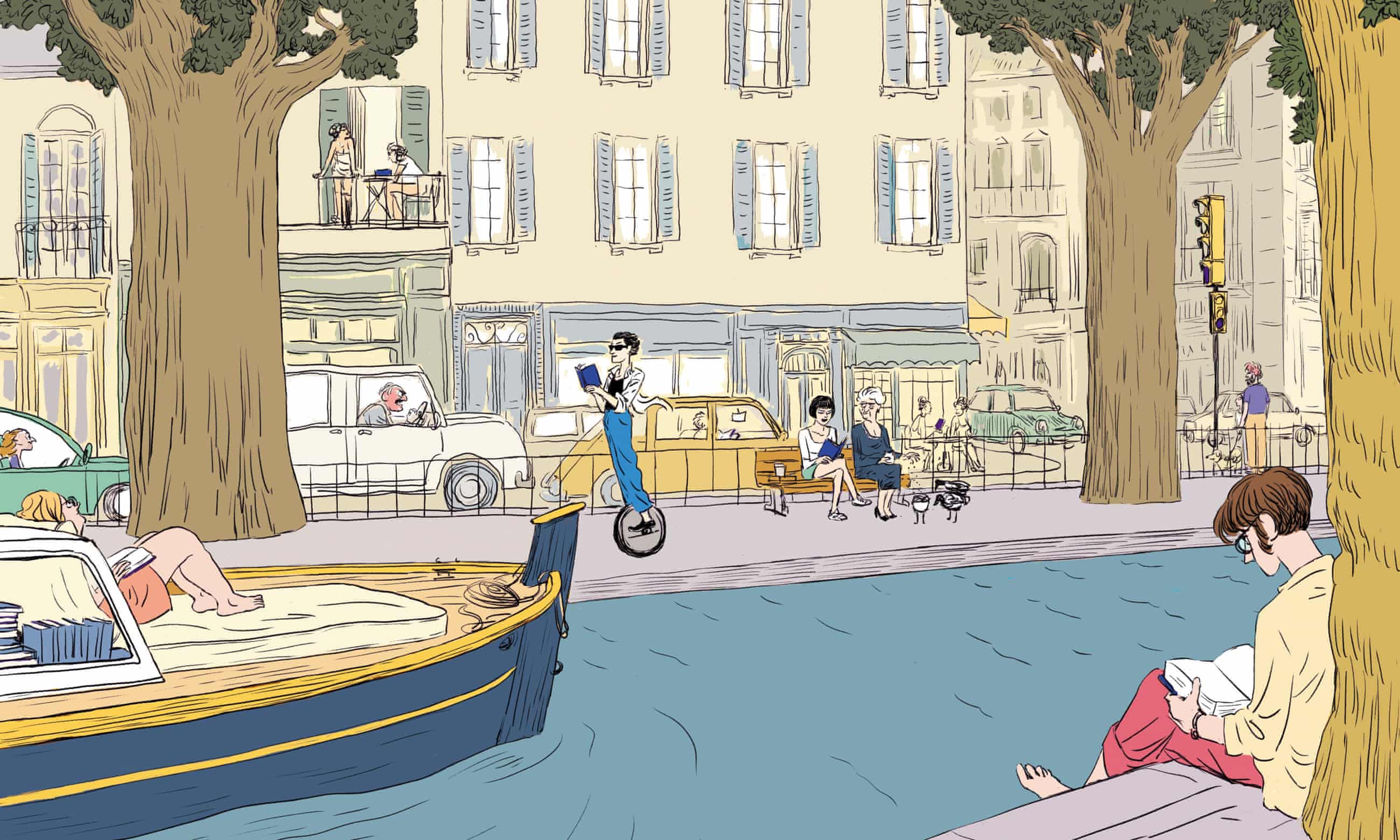The steamed crab legs drop at 1 p.m. sharp at the Bacchanal Buffet in Caesars Palace. “Everyone knows that,” a hostess told me a few weeks ago before hurrying off to tend to the hordes of eager diners. She was right: the line for the legs began to form well before the spindly appendages materialized. As soon as they did, an unspoken acknowledgement rippled through the room.
Soon, every table seemed to have at least one mound of legs towering over tureens of “Grandma’s” meatballs and griddled-to-order quesabirria tacos, stroganoff and shrimp har gow, Caviar Vol au Vent bites and Sonoran Street Dogs topped with jalapeño. A man named Shervin, in town from Utah, told me he was drunk and “hungry as hell,” specifically for the crab, which retails for $30 a pound where he lives. At $79.99 for as many pounds as he could inhale in ninety minutes, the Bacchanal buffet was a steal.
Indeed, there was little evidence the all-you-can-eat buffet may be moribund in Sin City, the place of its birth. But since Covid-19 hit, ten of the Strip’s eighteen buffets have closed, and more may soon follow as hotels fix their sights on the next great thing: the curated food hall. The Las Vegas food hall represents an aesthetic shift as much as an economic and cultural one, toward a new form of excess, engineered for virality. It promises high returns for the house—but uncertain odds for workers.
Read the rest of this article at: The Baffler
There was a buzz in the room at this year’s International Booker prize ceremony in May, as some eye-opening – and encouraging – numbers were shared by the organisers. The figures, from a broad survey of book buyers, showed that sales of translated fiction increased 22% last year, compared to 2021 – and that it is most popular among readers under 35, who account for almost 50% of translated fiction sales. This is much higher than the 31% share of overall fiction sales bought by these readers – and the figures have grown year on year. For translated fiction, the future looks bright. So much so that in some cases books by certain publishers have become a “cultural accessory”. So how did it become cool, and which are the names to watch out for?
Undoubtedly the International Booker prize itself has boosted the profile of fiction from around the world published in English. Fiammetta Rocco has been the prize’s administrator from its launch as an annual award in 2016, and since then its winners have enjoyed enormous attention and sales boosts.
Last year’s winner, Tomb of Sand by Geetanjali Shree, translated by Daisy Rockwell, increased its sales from 500 copies before its nomination to 25,000 copies in the nine months after its win. (Not bad for a 624-page epic about a woman who won’t get out of bed.) And the first winner, Han Kang’s The Vegetarian in 2016, translated by Deborah Smith, about a Korean woman who begins to refuse society’s expectations in strange and unsettling ways, did even better, Rocco tells me. “This is a book that had sold 2,000 copies in Korean over 10 years,” she says. “It’s now sold half a million in English, and a lot more in Korean as a result.”
Read the rest of this article at: The Guardian
I remember the first time I saw the floaty rock. It was the middle of night, and I was facing the insomniac’s dilemma: to reach for the phone or not. I reached and opened Twitter—this was two weeks ago; the new name hadn’t yet sunk in—on the theory that a scroll through my feed might achieve some hypnotic effect, creating an opening for sleep to take hold. That’s when I saw the blurry video. In it, a scrap of material, small and misshapen like a pencil’s broken lead tip, hovers mystically above a thick wafer of polished metal.
I scrolled right by. Despite following a fair number of “neat science thing” aggregators, in the wee hours I do not always thrill to edification. But a few minutes later, I saw the video again, and then a third time. I registered that this was not some didactic explanation of magnetism. This was news: The floaty rock was LK-99, a substance synthesized by a team of South Korean scientists, who believe it to be a room-temperature ambient-pressure superconductor.
Read the rest of this article at: The Atlantic
Since the pandemic upended the world, we’ve been getting plenty of mixed signals about cities. We’ve heard both that cities like New York are over and that they’re immensely popular. Are they bastions of disease that people will forever avoid? Then why is the rent so damn high? Remote work means that people can work from anywhere — and they are, with the percentage of working days from home settling in at 30 percent — and yet companies keep calling people back to the office. At the same time, economists are predicting the demise of a lot of office buildings and the tax windfall they bring for urban governments, meaning cities could run out of money to fund some of the things we love about them.
It’s a confusing situation, to say the least. So we asked some of the best and brightest people who think about cities — economists, urban planners, academics — to weigh in on their future. Though they certainly didn’t all agree, a few themes emerged.
Big cities — think New York City, Los Angeles, Chicago — will ultimately be okay, since a lot of what made them attractive in the first place is still there and impossible to find elsewhere. But that doesn’t mean they will — or can — stay the same.
There are a number of things cities can do to retain their positions as attractive places to live — and many more they could do not just to survive, but thrive. And while the move away from cities is overstated, even small shifts from powerhouses like NYC could represent windfalls for the suburbs, exurbs, and other cities those people choose to move to. That means smaller cities — like Cincinnati or Tulsa or Indianapolis — have a big opportunity to position themselves as destinations for those who do leave big cities, even as the largest urban areas are far from dying.
“The truth of it is that cities are living organisms, they alter and change,” Mary Rowe, president and CEO of the Canadian Urban Institute, told Vox. “They’re too dynamic, they’re too changing, and they’re unbelievably resilient.”
“It takes a lot to kill a city.”
Read the rest of this article at: Vox
Leisek’s company, Adventures with Purpose, works to solve cold cases by searching for missing bodies under water.Illustration by Clément Thoby
When Carey Mae Parker didn’t show up for her son’s sixth-birthday party in Hunt County, Texas, in 1991, her family was puzzled but not entirely surprised. Parker was young and had a turbulent life, and they assumed she’d appear eventually. But she never did. Parker’s daughter, Brandy Hathcock, was five at the time. She and her two siblings had spent time in foster care; later, they moved in with their grandfather. The household was chaotic, fractured by abuse. “I hadn’t heard the term ‘intergenerational trauma’ until pretty recently, but as soon as I heard it I knew, O.K., that’s exactly what I’ve experienced,” Brandy told me.
Brandy was initially led to believe that her mother had abandoned the family, but as she got older she began to reconsider. Maybe Parker hadn’t left her children; maybe something had happened to her. Her relatives shared their own ideas: cinematic theories involving drug deals gone wrong, Mexican cartels, crooked cops, and a vast, countywide conspiracy. The uncertainty was “like living with a ghost,” Brandy said. “I wanted to give up hope, because that kind of hope is so heavy. I didn’t want to carry it anymore, but I couldn’t put it down.” When Brandy was in her early twenties, she and her aunt, Patricia Gager, tried to fill in the gaps left by local law enforcement, which they said had done little to find Parker. (Gager had informed police in a neighboring county of Parker’s disappearance in 1991, but Hunt County had no record of it until 2010, when Brandy filed a missing person’s report. The local sheriff’s office then began investigating the case.)
Read the rest of this article at: The New Yorker






:format(webp)/cdn.vox-cdn.com/uploads/chorus_image/image/72520280/mkwon_MythDyingCities_Final01.0.jpg)
